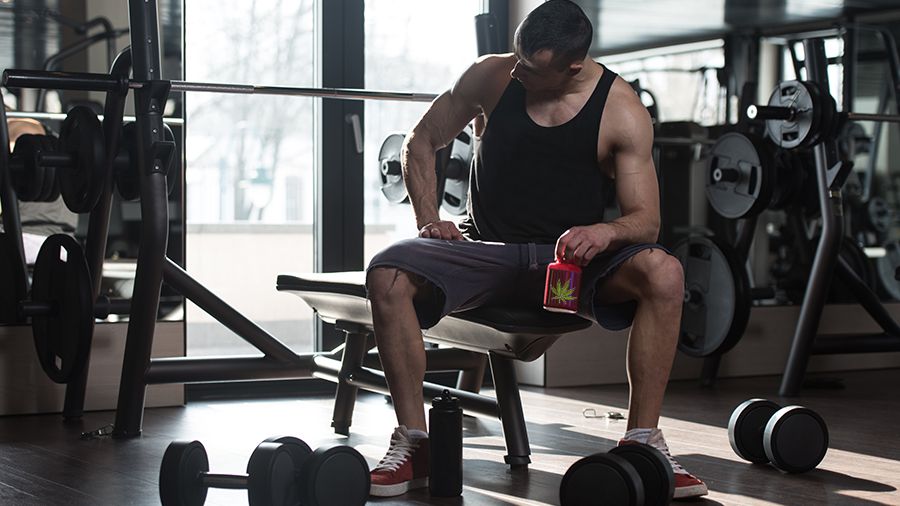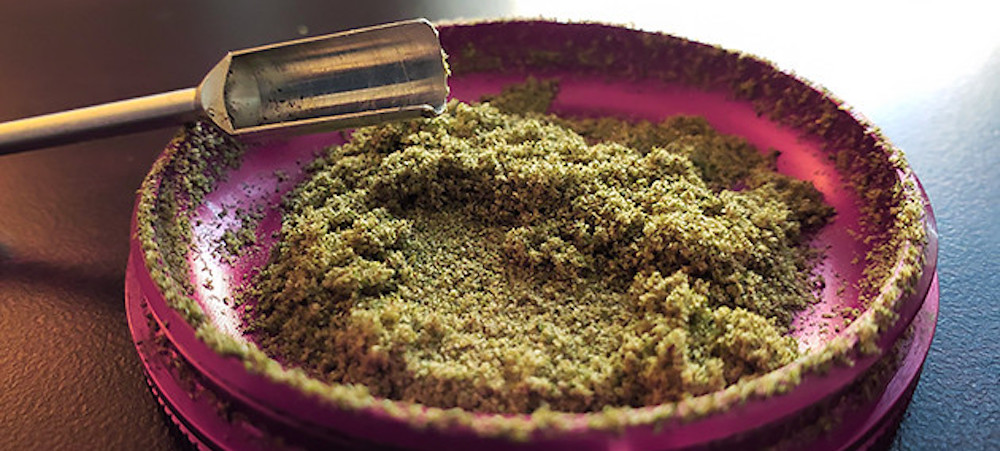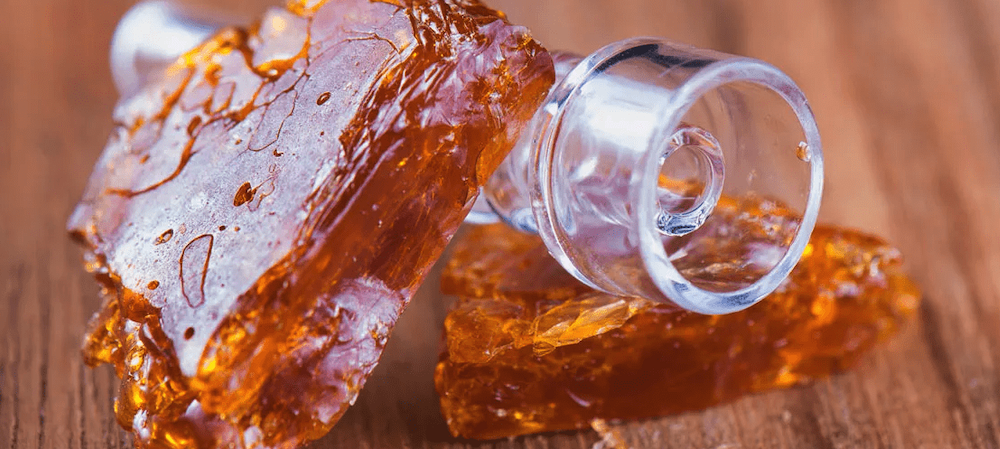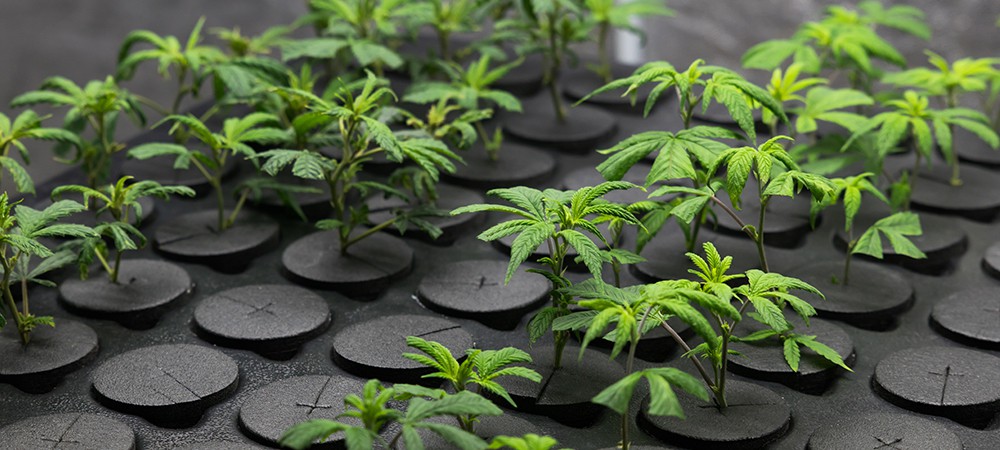When it comes to cannabis and exercise, everyone has an opinion one way or another. Some people tell you cannabis hinders motivation, while others say they wouldn’t get up off the couch without it. So, what effects does cannabis have on exercise, whether going to the gym or playing sports? This is the question we’ll answer today.
Discover what the scientific research says about exercise and cannabis – and what limitations currently exist. We’ll compare this research with the everyday stories of average cannabis consumers. Finally, you’ll learn the tips you need to know about combining cannabis and exercise.
Experiencing Cannabis and Exercise
Do you have experience with cannabis and exercise? Many Canadians enjoy some cannabis alongside playing sports, going to the gym, or enjoying a strenuous walk. Further, individuals use cannabis post-exercise to facilitate recovery – enhancing appetite and encouraging a good night’s rest.
What benefits do people claim they get from using cannabis? Most stories involve more repetitive and moderate-intensity activity – such as biking, running, or walking. Some love using cannabis before going to the gym, but few use it to support intense exercise.
On the other hand, there are stories of getting high and skipping the gym. This behavior is counter-productive to a healthy lifestyle. If you lose motivation because of cannabis, use it as a reward for after you exercise instead. The same could be said about those heavy days or ones where you strive for a personal best.
Safety is a top concern at all times. You should not be getting high before doing any activity unless you are comfortable doing so. It is far better to save cannabis for after the gym if you’re still working out your tolerance level. Avoid using cannabis before any dangerous activities, such as kayaking or mountain biking.
There seems to be a nice middle-ground where cannabis can fit without causing problems. Let’s take a look at the research and see what it says about all of this.
1. Fitness, Exercise Science, and Cannabis
Cannabis is a vastly understudied topic, especially in regards to potential benefits. Within the limited world of cannabis research, looking at fitness and exercise is even rarer. That said, we can learn from the dozens of studies looking into the effects of cannabis on exercise. Ultimately, anecdotes and the research literature are mixed. Without more rigorous investigations, we are limited in what we can say with confidence.
The studies we do have tend to be on athletes, and more specifically, college athletes. While there is growing interest in cannabis within sports physiology and exercise science, we have catching up to do. In the meantime, we can use some of these early findings to give us an idea of big red flags we should be noticing.
2. Systematically Reviewing of the Literature
In 2017, Michael Kennedy performed a systematic review of the scientific literature on the effects of THC on exercise. At this time, he found only 15 studies exploring this fascinating topic. The results demonstrate some mixed findings – but ultimately, it is clear that cannabis is not an endurance or strength-enhancing drug (Kennedy, 2017).
None of the studies demonstrated enhanced aerobic performance after consuming THC (Kennedy, 2017). This aligns with the view that cannabis is not a sport-enhancing drug. While many people may enjoy combining exercise and cannabis, performance athletes won’t be using it to beat old personal records any time soon. But, that does not mean there are no benefits from everyday people using cannabis before, during, and after exercise.
For example, Kennedy did find evidence that cannabis inhibits exercise-induced asthma (Kennedy, 2017). Plenty of anecdotal reports support this claim, with people describing how they take a puff or two from their vaporizer before going for a run or bike ride.
One negative effect of cannabis consumption and exercise was the symptoms of angina or chest pain. Angina during exercise is thought to be associated with a potential decrease in strength. Athletes should not consume cannabis when trying to set new personal records while performing at elite levels. For the weekend warrior, if you experience any chest pain while exercising, do see your doctor.
Another negative outcome noted was the lack of exercise protocol completion due to cannabis side effects (Kennedy, 2017). The potential for adverse reactions is why cannabis consumers should start low and go slow. The best way to manage side effects is by avoiding them in the first place.
3. Growing Interest in Cannabis and Athletics
A more recent systematic review provides even more illuminating information on the field of athletics and cannabis. There has been growing interest in the research literature over the past several years. Docter and colleagues (2020) included 37 studies in their review.
Overall, 1 in 4 athletes reported using cannabis during the past year. A total of two studies found a negative impact of cannabis on performance, while two others found no effects. There were no studies on the topic of athletic recovery. Finally, the researchers highlighted the generally poor quality and quantity of studies on this important topic (Docter et al., 2020).
This is unfortunate as many high-level athletes describe their post-exercise use of cannabis as highly beneficial for recovery. Hopefully, future research will explore whether cannabis helps you recover from physical activity – and what effects THC or CBD have by themselves (Docter et al., 2020).
4. Should you Use Cannabis as Part of Your Exercise Routine?
Ultimately, this is a very personal question. That said, some broad guidelines can help you decide when and where to get high. Keep these in mind before you consider combining exercise and cannabis:
- Start low and go slow. Stay well below your tolerance level. A little goes a long way when it comes to exercise and cannabis. On the other hand, a lot can slow you down or get in the way entirely.
- Only combine when you’re comfortable with both. You should know the effects of the dosage you’re about to consume. You should also be very familiar with the exercises coming up. Do not get high before trying new activities or learning new exercises.
- Avoid cannabis when seeking peak performance. If you’re looking for a personal record or doing Olympic lifting, maybe hold off on the joint.
- Go with low-moderate intensity activities. Overall, cannabis seems to pair best with safe endurance activities like walking, jogging, or using an elliptical machine.
- Pay attention to your environment. Is it ok if you smell like weed?
- If you have any concerns with your heart or any chest pain, see a doctor. If you have existing medical conditions, see a doctor before considering using cannabis alongside exercise – the same goes for starting any new exercise routine.
Conclusion
Congratulations on getting through this look at cannabis and the gym. As you learned today, there are far too few studies exploring the topic of getting high and exercising. Most of what we’ve learned is from college athletes, and the findings are mixed. The anecdotal stories of regular cannabis consumers tell a far different story.
In summary, cannabis does not appear to be a sport-enhancing drug. But, many people use it to enhance their exercise experience or promote recovery afterward. If you’re someone who enjoys exercising after consuming cannabis, there is nothing wrong with that. Instead, consider using it as a post-activity reward if it gets the way of exercise for you.
Either way, always start low and go slow when consuming cannabis and avoid dangerous activities. Finally, cannabis is best paired with moderate endurance activity than high-end performance.
Citations
Docter S, Khan M, Gohal C, et al. (202). Cannabis use and sport: A systematic review. Sports Health, 12(2):189-199. doi:10.1177/1941738120901670
Kennedy, M. (2017). Cannabis: Exercise performance and sport. A systematic review. Journal of Science and Medicine in Sport, 20, 9, pp. 825-829. Retrieved from: https://www.sciencedirect.com/science/article/abs/pii/S1440244017303420.




